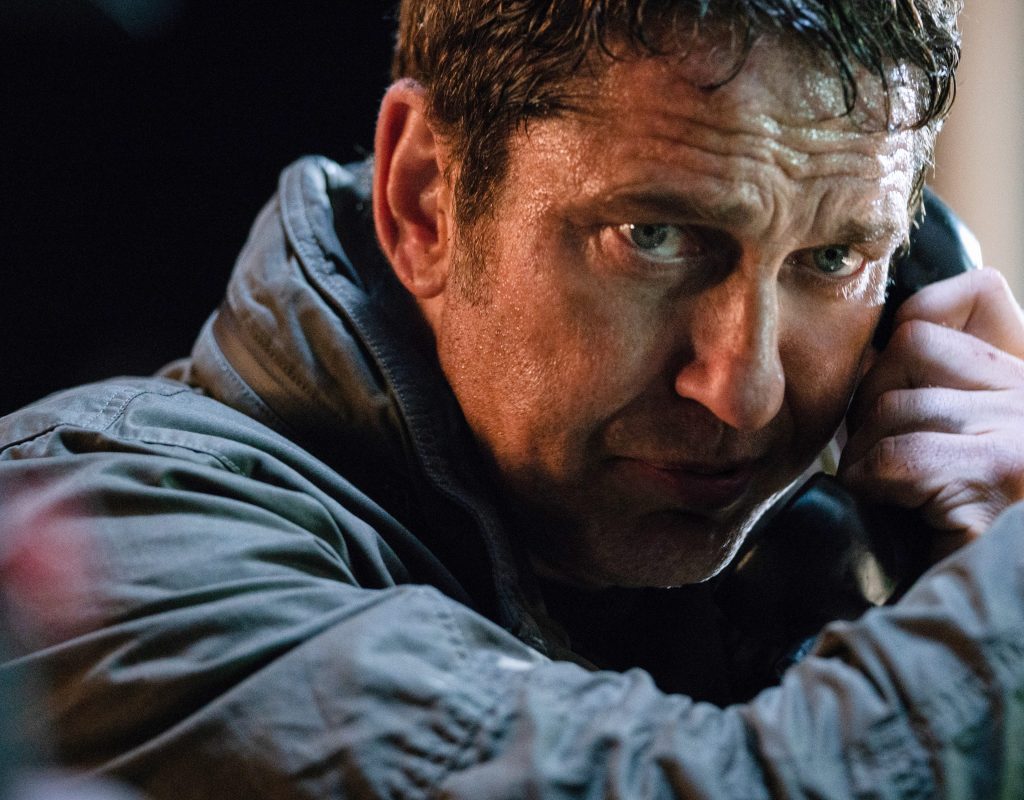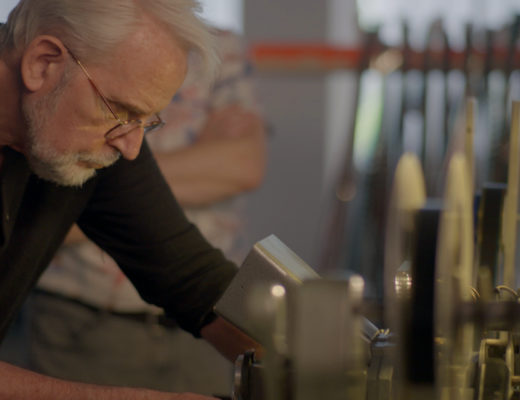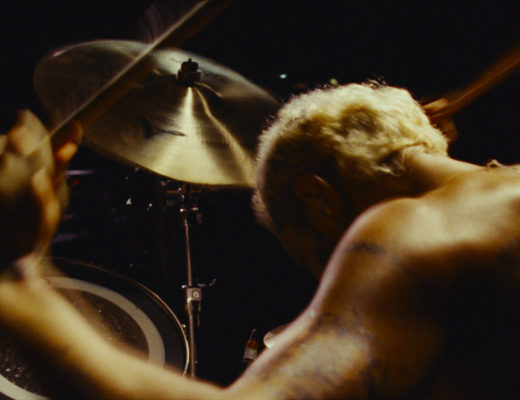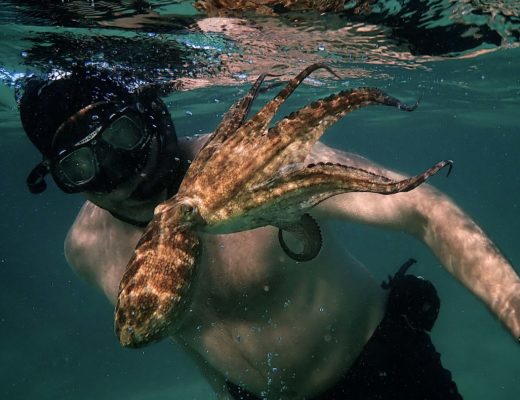Gabriel Fleming, ACE, began his editing career in reality TV, cutting shows like “Making the Band” and “America’s Next Top Model.” That led him to scripted TV for MTV’s “Teen Wolf” series before landing an assisting editor gig on the feature film, Battleship, then quickly moving up to editing features like Deepwater Horizon, Patriot’s Day, and Blindspotting.
Today, Gabriel and I discuss his latest editing project, Angel Has Fallen. This interview will be available in a couple of weeks as a podcast. I will also be running an interview with the director of Angel Has Fallen, Ric Roman Waugh in a couple of weeks.
(This interview was transcribed with SpeedScriber. Thanks to Martin Baker at Digital Heaven)
HULLFISH: I noticed — going through your IMDB page — you’ve worked with a couple of directors several times. Do you think that that’s just the way it is with editors — that a director finds you and have a comfort level and trust in you that they don’t want to give up?
FLEMING: I worked with Peter Berg on a few films, and director Amber Sealy I’ve worked with a few times. Right now I’m doing my second film with Ric Roman Waugh, the director of Angel Has Fallen. We’re working on a film called Greenland, and there really is a benefit to having worked together before. The first film with a director, you’re discovering so much about how they work, what they’re going to respond to, how polished cuts need to be for them, and in what way they need to be polished.
It’s a lot easier when you start that second film. I feel a lot more at ease right now cutting Greenland with Ric, and he feels a lot more at ease with me. I’m not showing him nearly as many edits during production because he just trusts me, and I’m not worried about what’s going on in production because I trust that he’s thorough.
HULLFISH: Tell me about the first time that you worked with him which was on the movie that we’re talking about here: Angel Has Fallen. You mentioned how polished something needs to be or that it is polished in a certain way.
FLEMING: So I spent a long time in the trenches cutting reality television, and the discipline I got from that was when you present something for the first time, it has to be air-able. It has to be something that an audience could watch and find entertaining. That’s a habit that I bring to features. So I tend to like my editor’s cut to be something that could — not quite, but almost — go onto the big screen.
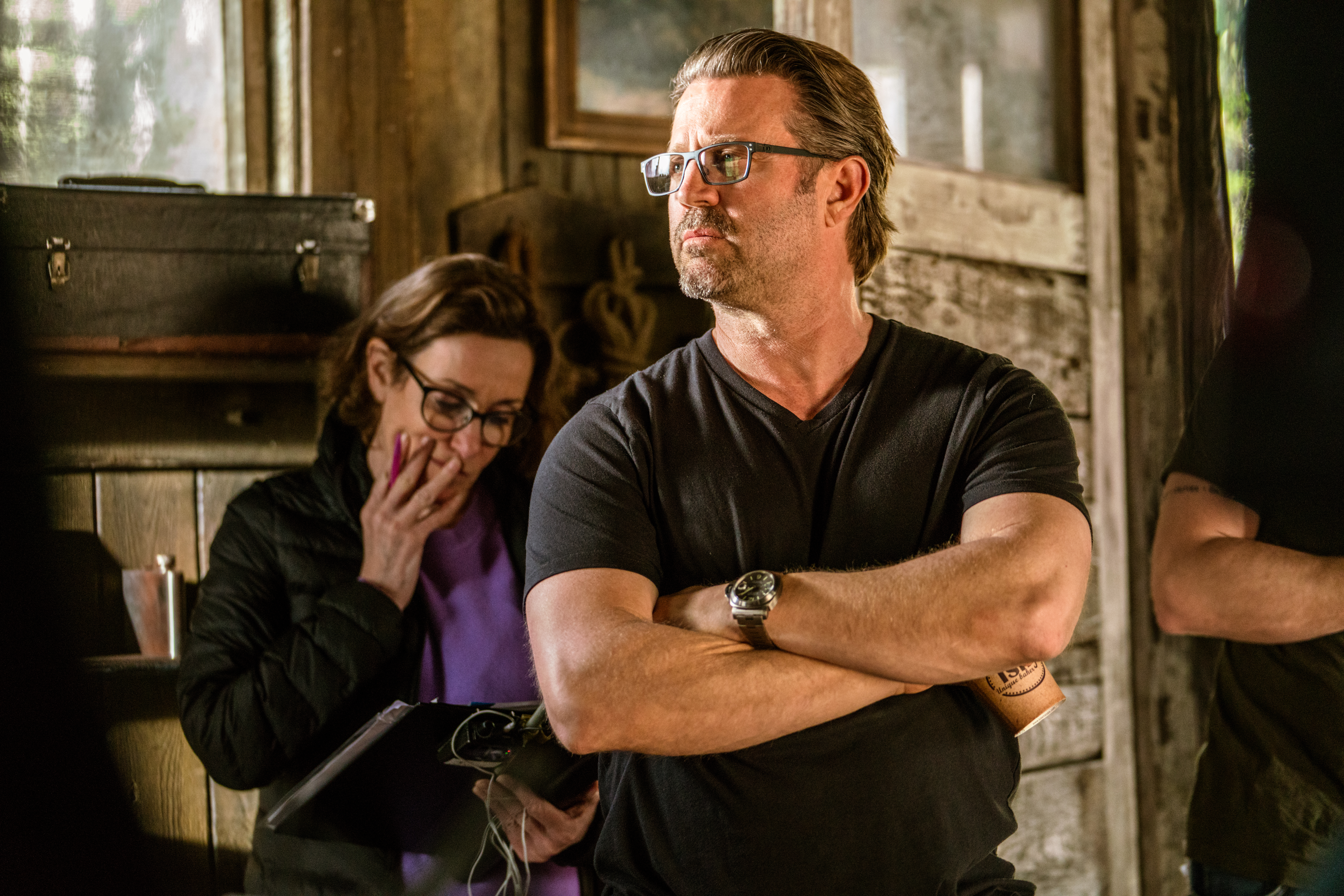
When I present things to a director, I don’t want them to be taken out of the film by bumpy edits or bumpy sound cuts. But as you get to know a director, you get to know what’s going to bump for them and what you don’t have to worry about. With the second film with Ric, I know that he is not going to get bumped by visual effects missing, that I can just use text. I can have the sound not be perfect, he can hear past that. There’s another benefit of having worked with someone before is knowing the level of polish that you need to get to.
HULLFISH: That’s important, right, because if you spend a huge amount of time polishing scenes to the nth degree then that limits how much time you can experiment. Or how much you can version.
FLEMING: Yes. But one of the reasons I do like to polish is that I like to give my experiments their best chance right out the gate.
One of the things that I try to do in the editor’s cut is to include all the crazy ideas that I have. I try to put those in the first time. And then we’ll scale back. So the first thing the director sees is, “I’m not sure this is going to work. Here’s a wild way of doing this. If it doesn’t work maybe it will inspire something else.” But the editor’s cut is just me in the room cutting. That’s the most precious time to me, where I’m the freest to play.
HULLFISH: You were saying that you like — during your editor’s cut — to be able to have the time to experiment. That’s another place where you have to know that the director, right? Some directors would say, “Yeah, show me some crazy!” And some directors would say, “No. I need to see it the way I planned it. And then if you wanna show me something different. Show it to me after you show me what I’ve planned.”
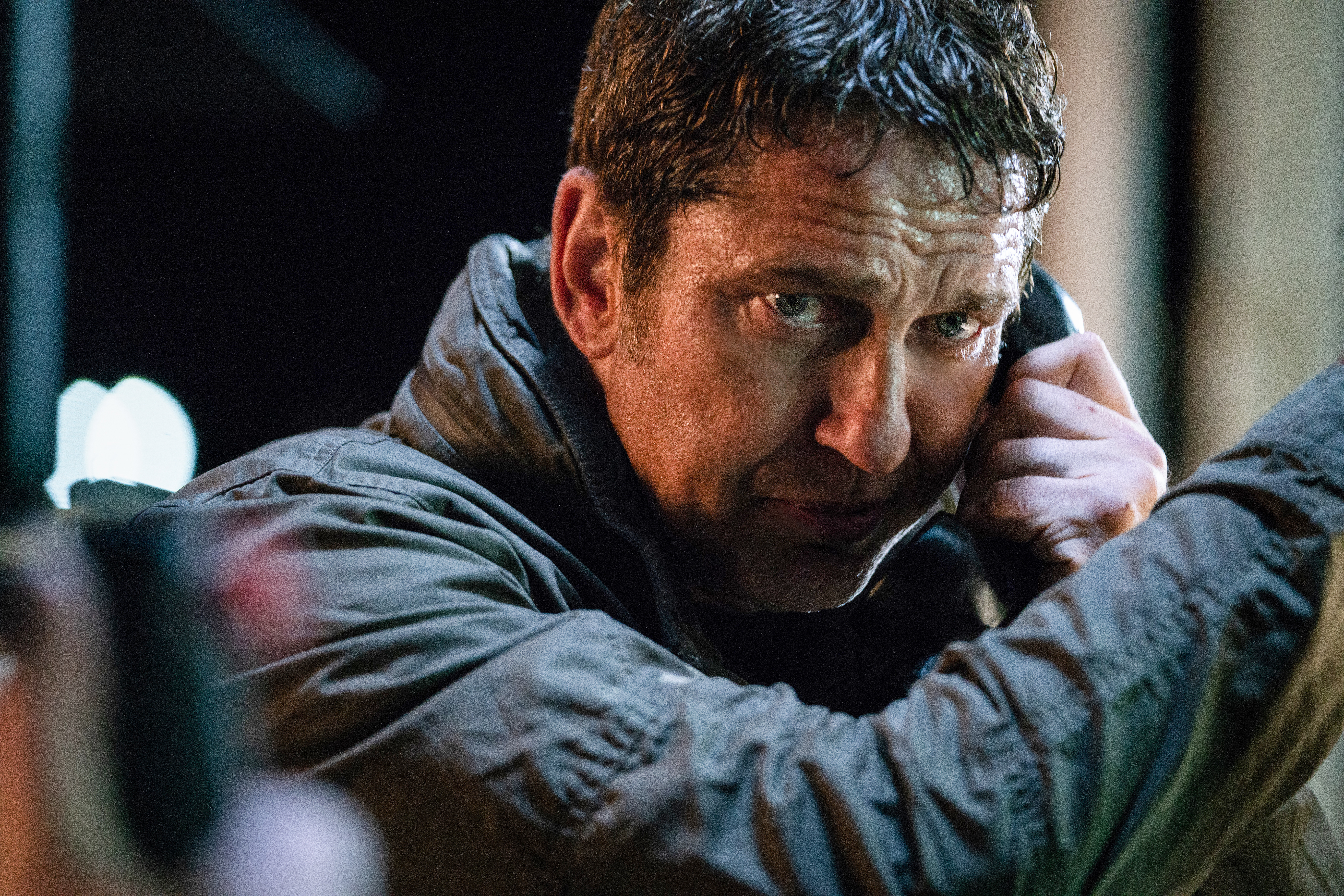
FLEMING: Even if they want to see it the way they saw it, I tend to push to try something different for the first screening. And if I know that there’s going to be resistance to that, I’ll have the version that I think that they want ready to go. So first show them something where they might say, “This isn’t the way it’s supposed to be. I wanted it to be like this.” And I’ll have it cued up and say, “Boom! Here it is.”
Most of the time they want to go with how they originally envisioned it, but I want to offer an alternative, and one time out of ten that alternative leads somewhere. Sometimes the most important part of the process is when you’re discovering something new and showing the director something that they hadn’t thought of. To me, it’s important as an artist to subvert expectations and bring my own vision into it, even if I know it’s not going to stay.
I think the editor’s role is a dual one. One is to bring into being the director’s vision, and then a secondary role is to bring your own vision and see if that meshes, and see if that inspires anything — see if it brings you to a place that the director didn’t see themselves, and that they like better.
HULLFISH: Do you think that has something to do with the objectivity you’re able to bring? Because the director has it in his head and shot it and he might be even thinking of what he was envisioning and not thinking of what actually got on film.
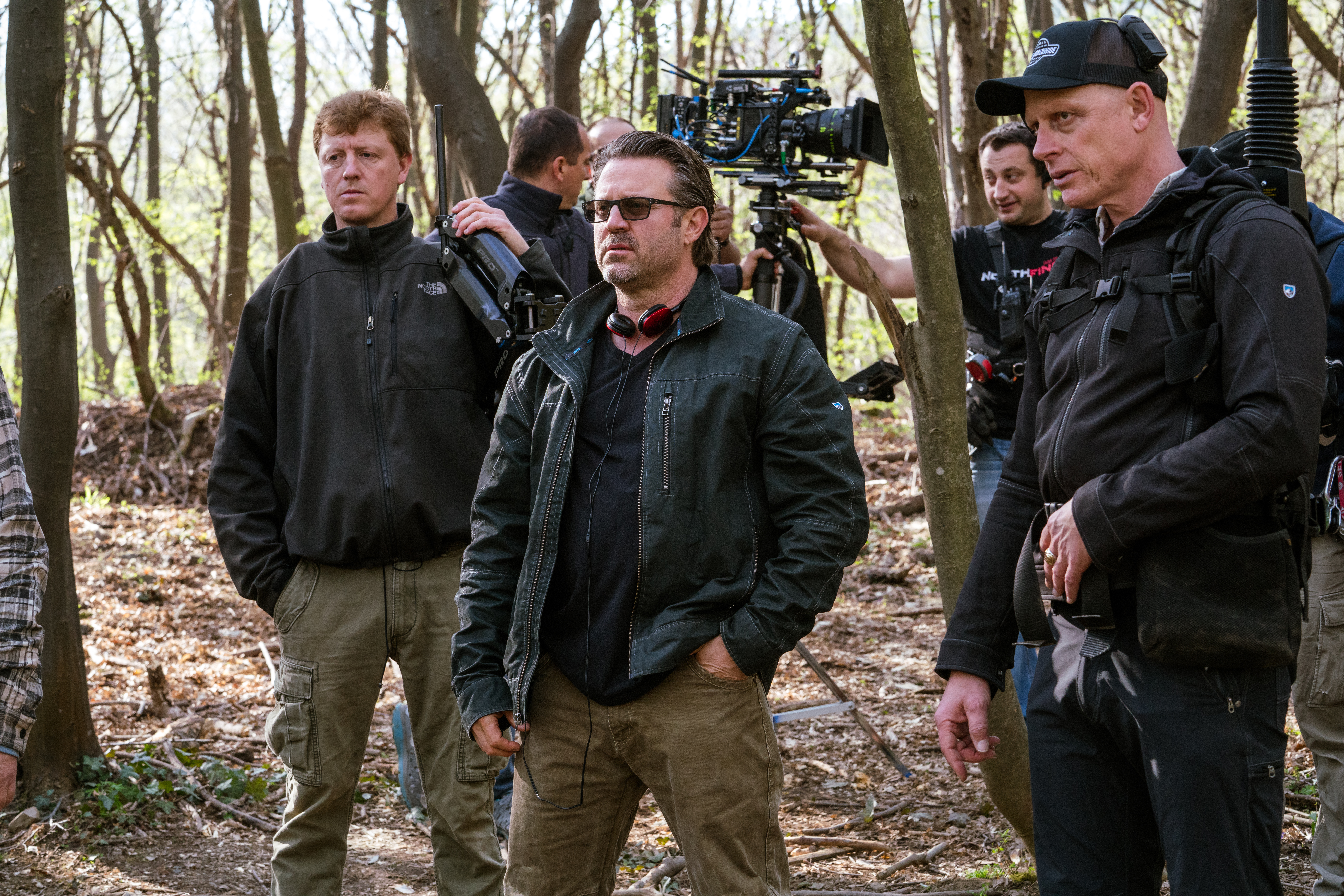
FLEMING: Yeah. That’s something that is a consistent tension with directors — that they have something on their head, but part of the editor’s function is not to cut based on the initial vision, but based on what the footage is and what the footage is bringing to the table. And I try and cloister myself quite a bit. I don’t read the script over and over again. I’ll read the scripts initially before the project and then I’ll read just the scene before looking at the footage and then I try not to look at it again. Let’s not worry about the script. Let’s worry about what the actors did in those moments. What we need to hit. So I try to keep myself in a little bit of a cocoon. There are times when I’ve been on set cutting. And I really try not to know too much about the set, including simple things like geography.
If you’ve been on the set you intuitively understand its geography when watching the footage, but the audience may not. The editor has the advantage of sharing the audience’s ignorance of production. Often I’ll look at some footage with the director and ask, “Where is this?” And they’ll look at me like I’m crazy, “How can you not know this?” They are unaware they are seeing beyond the borders of the frame.
HULLFISH: A lot of other editors talk about the fact that you don’t want to be on set to know that a jib shot took six hours to set up but I’m not gonna use it. But if I saw it on set, you might think, “I gotta use that jib shot I saw how much work they put into it.”.
FLEMING: I’ve been lucky enough to work with directors who are not precious about that kind of stuff. Ric is that way. Peter Berg is that way. Neither one is precious about their shots.
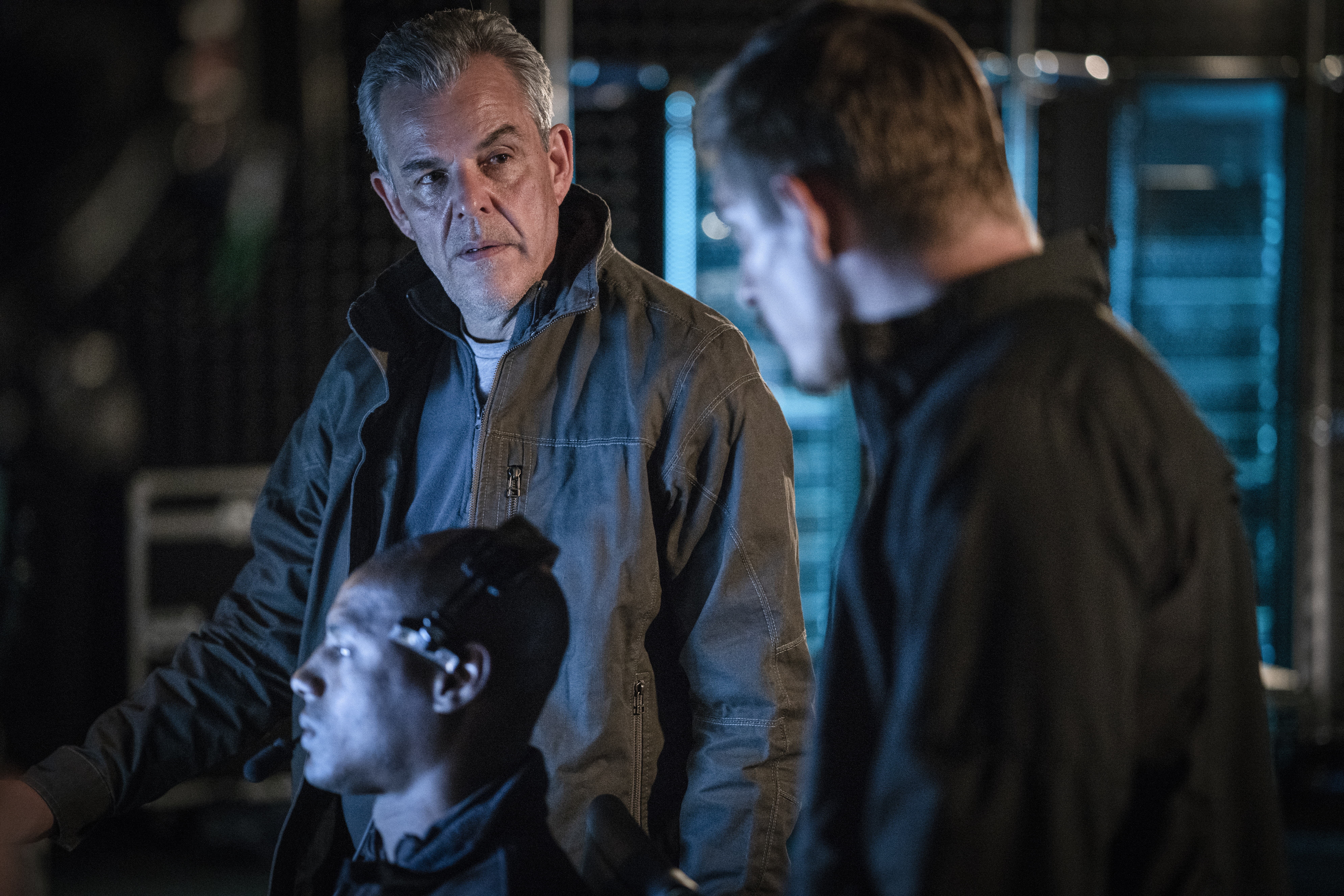
HULLFISH: One of your other relationships I wanted to just talk about because I think for younger editors they might be interested in the way that you were able to move up. You’ve worked with Colby Parker a couple of times. What was your first project together how long have you guys been working together?
FLEMING: I get asked a lot how one moves up into scripted features. Right out of college — I studied film at UC Santa Cruz — I got a job as an intern and then Apprentice editor on a big feature. This is 1996. I worked on that for a year and I saw the assistants weren’t getting a lot of opportunities to cut. There was so much time spent on just the organization and mechanics, so there’s just no time in one’s life to edit.
I decided to leave Hollywood because I wanted to start cutting right away. The idea was to get as far away from the glory as I could, so I went back to the Bay Area, which is where I grew up, and I started working in corporate videos. So I was editing as a full-time career very early on — in my early 20s — not the most impressive work, but at least I was cutting eight hours a day. And then I took that experience and moved closer and closer to Hollywood. I moved to LA and got into editing reality television, did that for seven years, some for MTV. The network was starting to get into scripted: Teen Wolf was one of MTV’s first scripted pilots, and Colby Parker was hired to edit it. He needed a music editor, and the post super — Blaine Williams — was a reality post super who I’d been working with for years, and he thought, “A lot of our reality editors can cut music, so I bet Gabe can do this.” So I was the music editor on the Teen Wolf pilot for just one week, and that’s how Colby and I met.
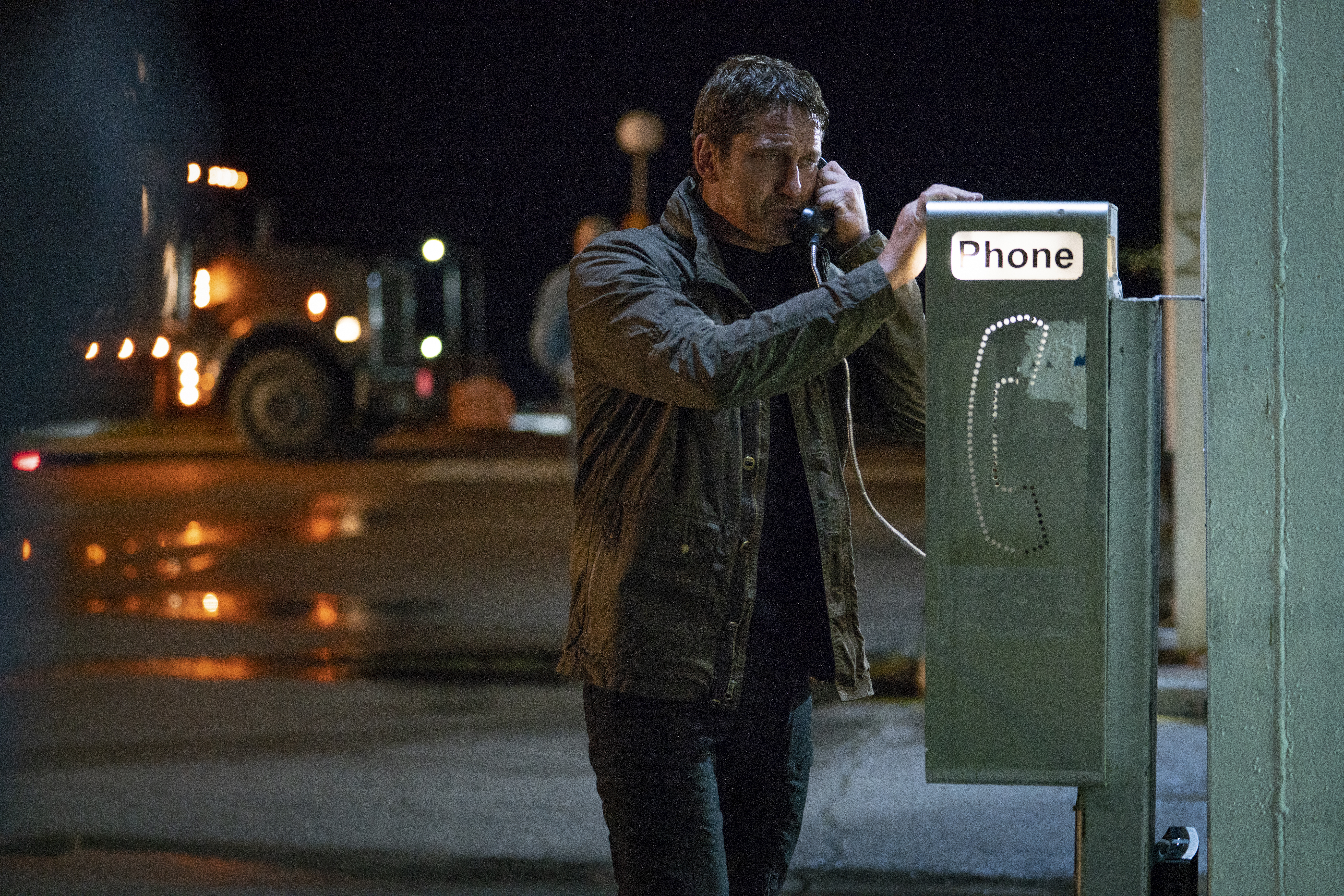
At the end of the week, he said, “Hey, would you be interested in helping me on this movie Battleship?” So that was my transition. I didn’t know Colby before that. I came to Battleship as a newbie assistant editor with 15 years of full-time editing experience, and I was able to help out with whatever little bits of editing that needed to be done.
After that, I just became indispensable (laughs). They always say that moving up is “opportunity plus preparation.” I had done an incredible amount of preparation. This opportunity was complete luck — but I had those years under my belt cutting. Even if it was cutting garbage, it’s still cutting. I like to think that editing is a quality-agnostic skill. You don’t need to be working on the best material to learn the essential skills of editing. So I tell anybody who’s starting out: “just cut.” Do whatever you can to cut and get the hours in. It’s like playing an instrument. It’s not like riding a bike. It’s like playing an instrument. You’ve got to practice practice practice practice practice.
HULLFISH: That’s exactly my advice to people. And I make that instrument analogy all the time. You wouldn’t expect that you could pick up a violin and play brilliantly the first time. You know that you’ve gotta practice and practice and practice and that’s the only way to get good.
FLEMING: Yep and it feels like — unfortunately the way the assistant editing path has developed once non-linear came along — there’s just not that much of an opportunity to practice in that environment, especially in features. The analogy I make is: “it’s better to be playing piano in a crappy bar down the street than helping out with the piano strings in the symphony.”
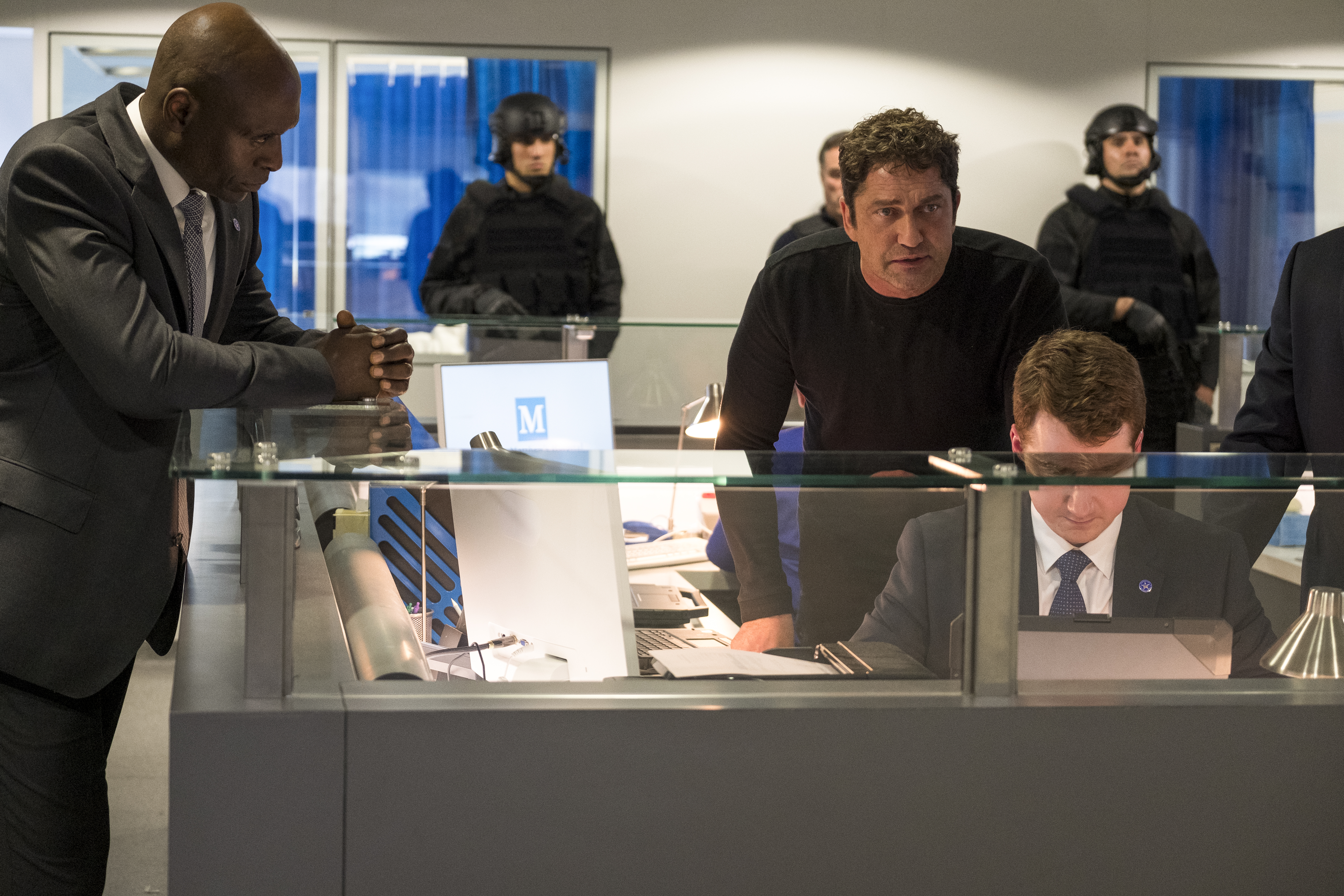
HULLFISH: Or turning pages for the symphony piano player.
FLEMING: Yeah exactly.
HULLFISH: Somebody was just emailing me about the fact that they were a reality editor and they want to move into features. What can I do? Having never been a reality editor myself I really didn’t have a lot of advice and they were willing to become an assistant editor and I said it’s really a very different skill being an assistant editor and being an editor. Did you find that there were things you needed to learn on the fly about being an assistant?
FLEMING: Yeah. It is very much a different skill. And I was lucky enough to have other assistants around me that knew what they were doing when I made that transition. I was the second assistant. I wasn’t really in charge of the entire operation which is a monumental task and requires a lot of experience.
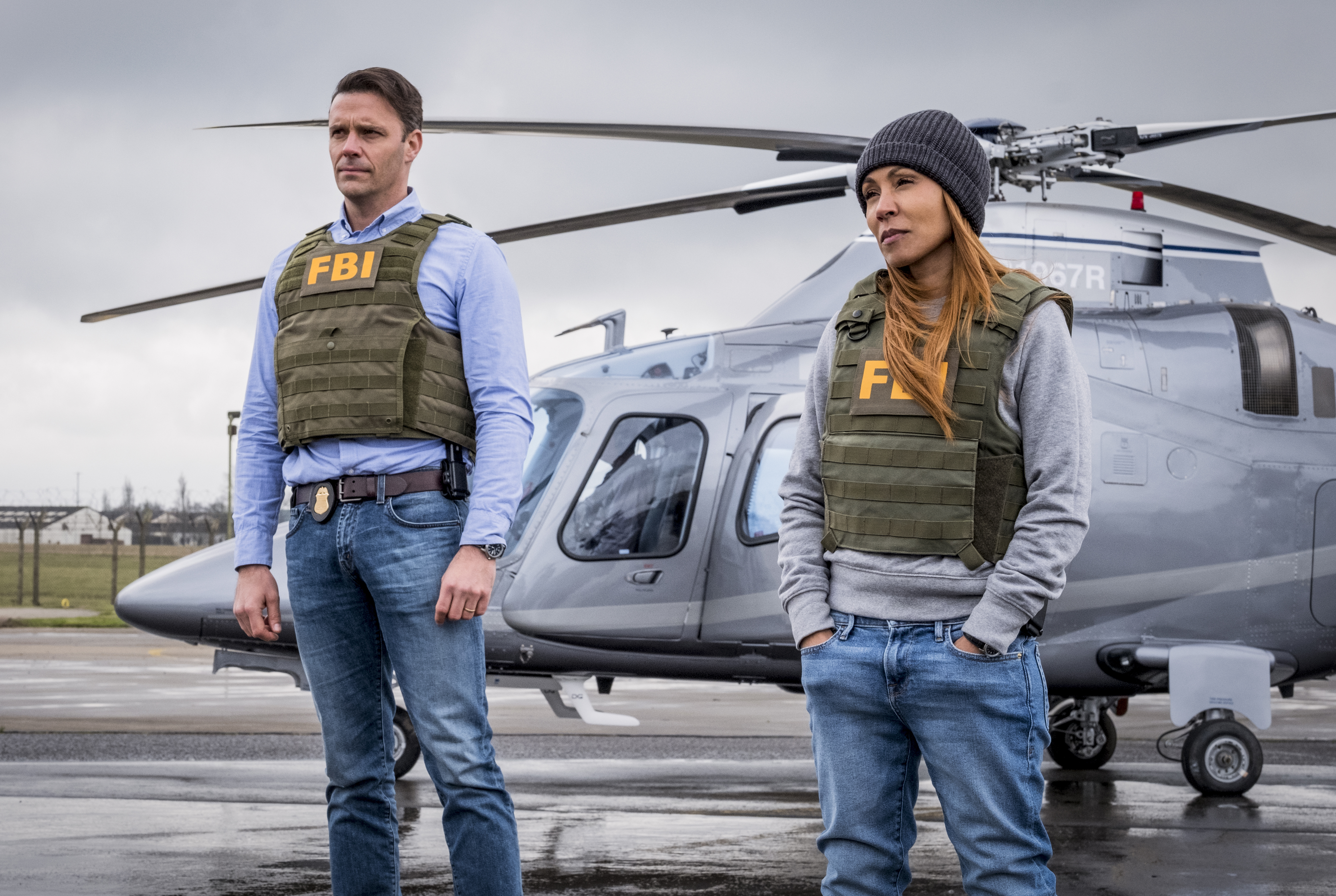
Unfortunately, it’s so much about luck and it’s so much about who you know to get into that position and I didn’t really know that many people in the scripted world. I still don’t know that many people in the world of feature filmmaking. I get asked that question all the time by reality editors and by assistants in scripted television, and I never have a good answer because there is no one path. Everybody’s path is different. The only thing I can say is when you get that opportunity — when you get that moment of luck — that you’re ready to grab it because that’s something I do see with a lot of people. They’re not ready to grab it — for whatever psychological reason, or maybe a financial reason, they can’t take that risky jump. It’s scary but you’ve got to do something scary if you want to move into the place you want to work.
HULLFISH: My background is not reality TV, but kind of similar. I worked for The Oprah Winfrey Show for a decade and I did trailers for a while. I worked on a movie trailer — and as you probably know, the trailer editors work from the rough cut of the movie — probably before the director has even touched it, and, because I knew the studio executives and had a long and strong relationship with them, I told them, “I think this movie is terrible, but I think it could be rescued with judicious editing. That was kind of my entry into working on features. And having someone else say, “I can’t work on this film anymore for personal reasons, but there’s this guy — Steve Hullfish — who’s never cut features but I think that he would be great.” And that’s exactly what you’re talking about. When you get the miraculous opportunity, that you are ready to take it. At that point, I’d been an editor for 25 years, but I’d never cut a feature. Just being ready for that opportunity is a huge thing.
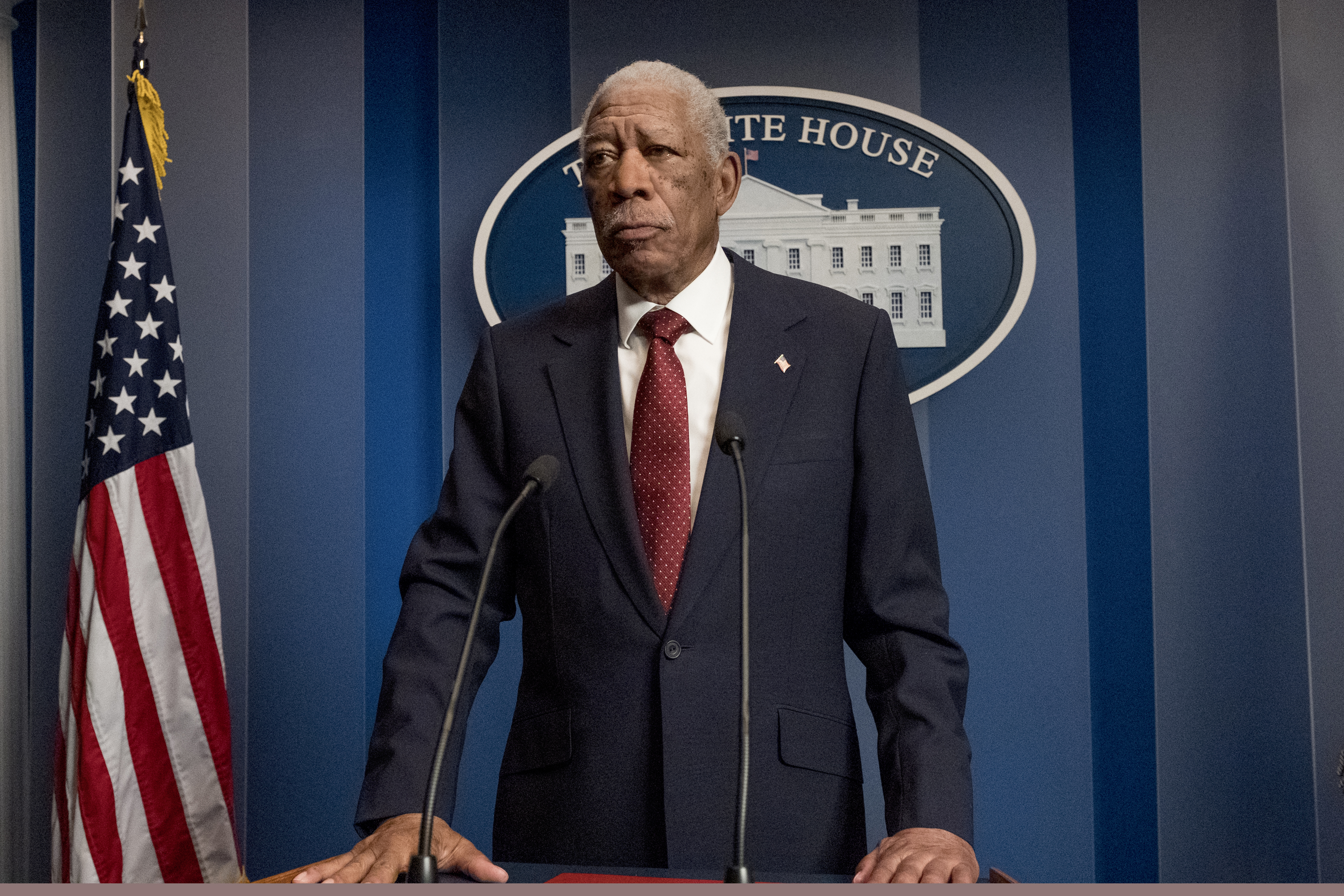
FLEMING: That seems to be a consistent story from people. It’s always some random lucky moment. You get a certain number of those in your career — it’s not necessarily only one. You get maybe five over your 40 years of working. And with some of them, you have to know what NOT to take because sometimes the more prestigious projects are not what you should be doing. It’s important to recognize the difference between what you think you’re supposed to do and what you actually should do.
HULLFISH: Sure. You don’t want to take the next Star Wars movie and then realize halfway through it that you are not prepared to edit the next Star Wars movie.
FLEMING: Exactly. Or if you want to do the next Marvel movie, you need to realize that you’re signing up for a huge time commitment and that you’re cognizant of that decision — that’s not for everybody.
HULLFISH: Let’s talk a little about actually making this movie. What was the schedule?
FLEMING: We shot from the end of February until late May or June. Production was about ten or twelve weeks, in London and Bulgaria, and editorial was in London. The director lives in Austin, so we did the director’s cut in Austin for about twelve weeks. It was pretty standard. Ric is a thorough director and there were no big bumps along the road in production. There were no big bumps along the road in our process in putting the film together. We had the usual visual effects delays but otherwise, it was pretty smooth and I think we had a really good film six weeks into the director’s cut.
HULLFISH: So you spent about 12 weeks in London on the editor’s cut then 12 weeks in Austin on the director’s cut?
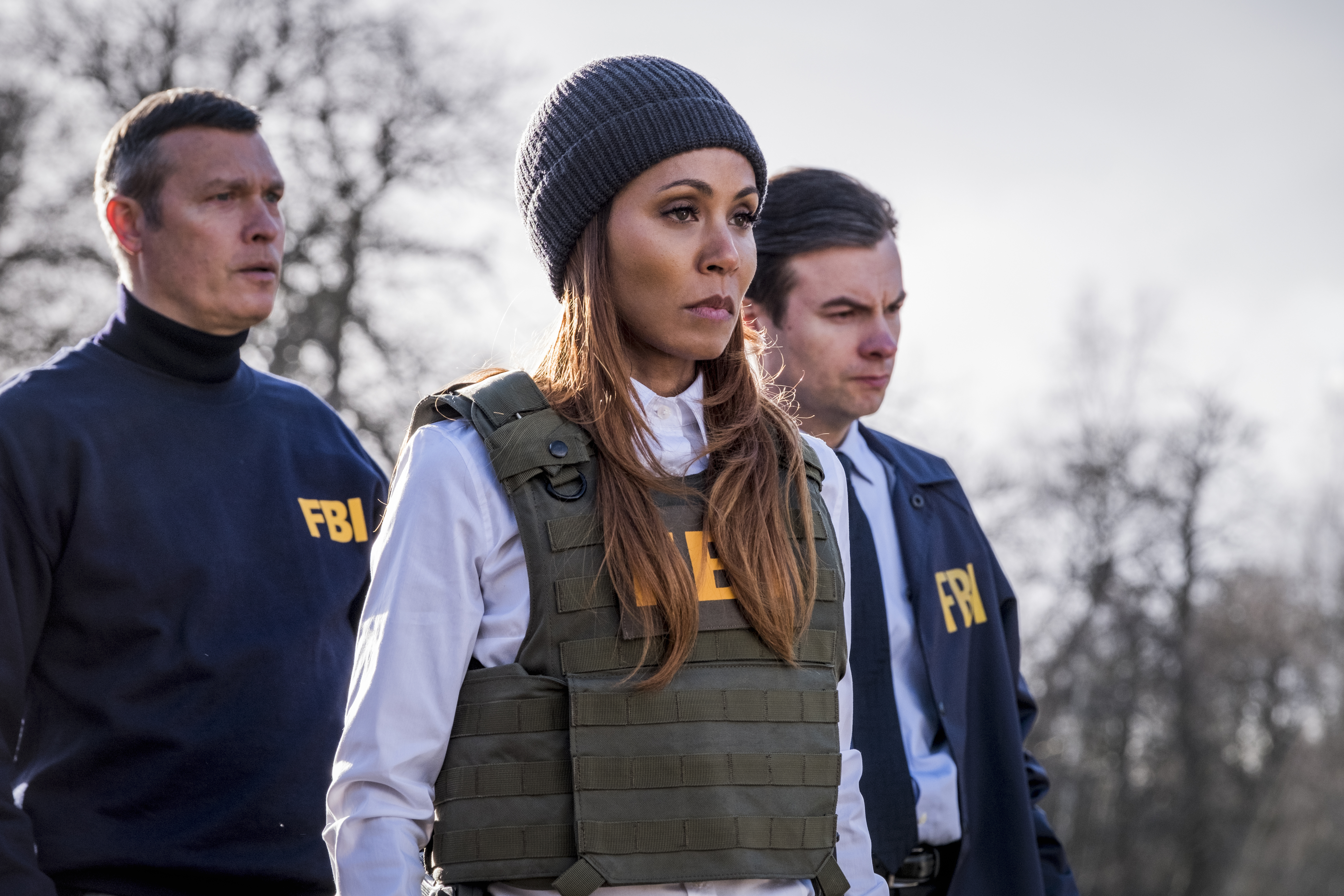
FLEMING: And then I came back to London for tweaks from the producers, color grade, DI, mix all of that.
Working with Ric is great. He’s a director who during the director’s cut is in the room 10 hours a day, sitting right with me. That’s the first time where I really had a director who was with me the whole time. He’s very specific about what he wants and likes to be there for every moment. It was a good experience.
HULLFISH: Let’s talk about your approach.
FLEMING: I tend to come at it from selects, so I’ll watch everything. I’ll pull selects. And then I will just narrow down from there. Narrow down, narrow down, narrow down. It’s a very time-consuming process. I’m indecisive. I wait to actually cut a scene together until I’m really really really familiar with the footage, which I think is different from a lot of people. For me, the selects process takes about five times as long as the actual editing. Once I’ve narrowed down what I’m liking it just comes together.
HULLFISH: Are you starting that selects process from a KEM roll, where you just put all of every single take in a big giant timeline or are you calling up individual shots and takes from a bin and finding what you like and cutting it into a timeline?
FLEMING: It depends. If it’s a scene where I know that it’s a straight-up dialogue and I know it’s going to be standard cutting — I might have an assistant break it down to a line-string — where it’s different performances next to each other, or I might do it myself. But I keep in mind that when you cut from a line-string as a first step, it has a pro-cut bias.
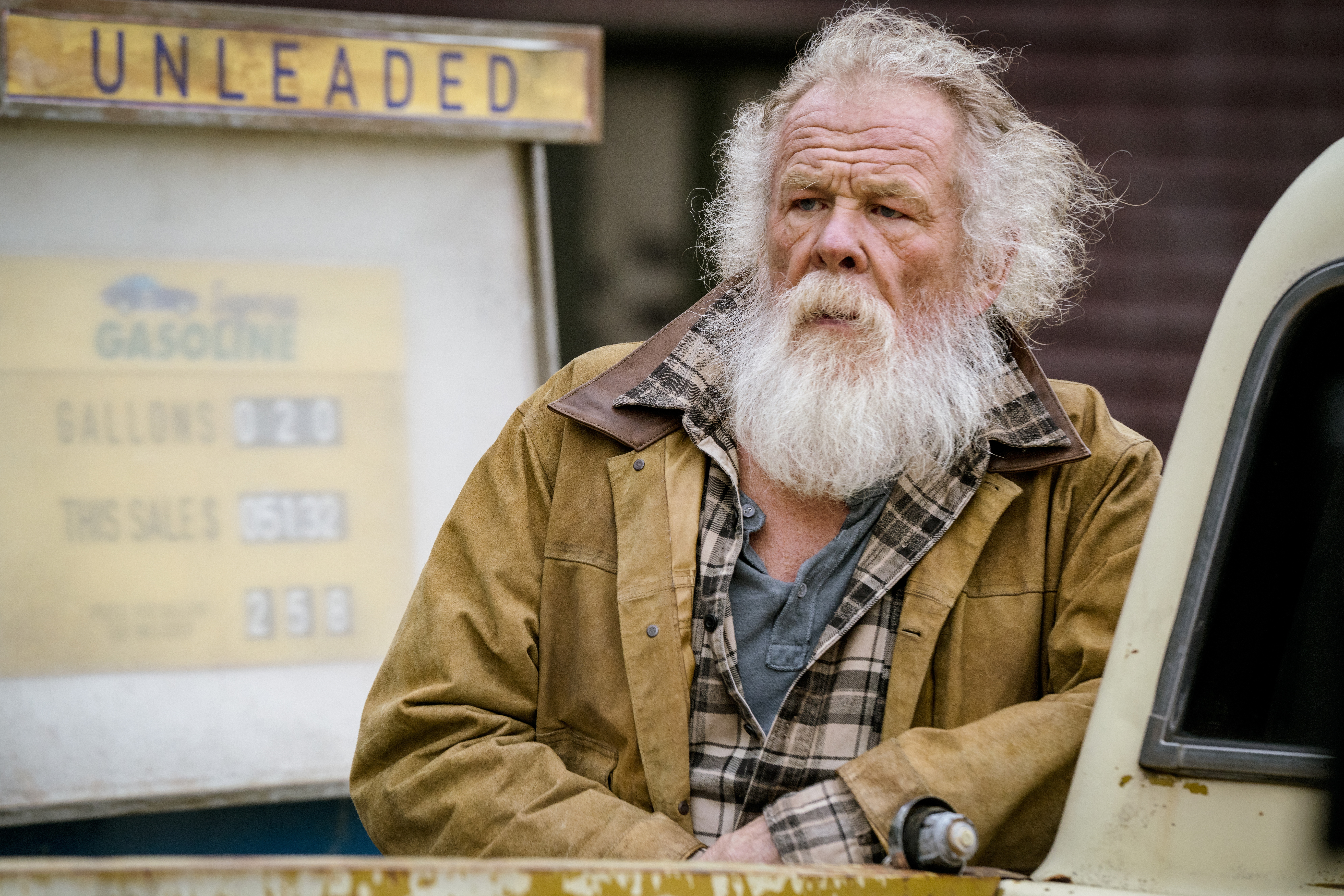
HULLFISH: Yep.
FLEMING: It just causes you to cut more, so what I’ll usually do if I cut a scene from a line-string from the beginning, I will go through the footage again and find ways to minimize the cutting or find any long chunks that would’ve worked on their own.
But if it’s a scene that’s more documentary style — which is a lot of what I end up doing — then I’ll try to find flows that work and moments that are a little off. What I’m always looking for is something that’s not quite perfect — not so imperfect that it takes you out, but that it feels natural. That is has a little bit of energy and it gives the scene something unexpected. I’m always looking for that and I will cling to those bits and cut a scene around those. Usually, those moments fall out of the cut because something about them doesn’t work, or the performance isn’t quite right. But at least if I start from those I’ll have had a foundation rooted in reality. Trying to get that little feeling of “this might have been a documentary.”
HULLFISH: I want to go back to that line-string idea. That is the danger that line-string. To explain to others — this line-string has a lot of different names but basically, you take the first line of a scene, whatever it is: “Hey Gabriel it’s Steve.” Using every single take and every single setup, you take just that one line and you put it into a sequence back-to-back and then go to the next line and the next line. But because of that, it tends to make you cut more because there is a cut after every line in the line-string.
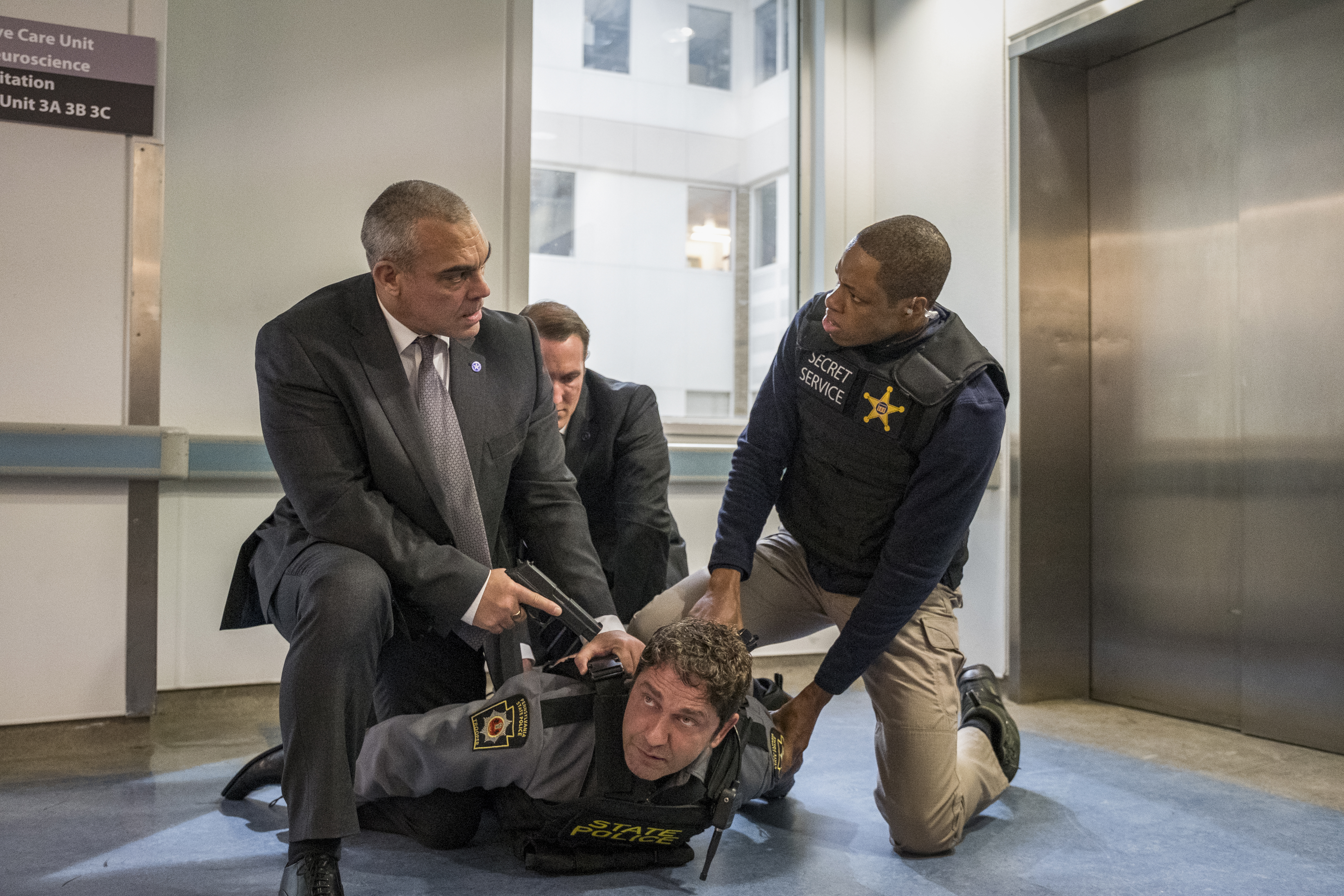
FLEMING: Exactly. When I do this, I never do individual lines next to each other. It’s always an exchange of at least four. Character A will say his line, then character B followed by A saying another line and then back to B. So I’ll never divide it smaller than that. Because if you just see them individually then you’re seeing them in tiny little chunks. You can’t see the forest for the trees. So I never go down that small.
HULLFISH: When I do a line-string, I usually do it based on blocking. I’ll break things down so an entire scene that’s 90 seconds long, I’ll break it into five pieces or six.
FLEMING: Yes. Also, I try and make the cut point in the line string where I know there’s most likely going to be a cut in the scene. It’s all in an effort to remove the threat of over-cutting.
I find that line-strings are extremely useful for action. Breaking down a scene like a fistfight: I will take just the same four swings: swing, punch, block, punch, swing. I’ll take that chunk from every camera and just put them all next to each other. I won’t necessarily use that for cutting, but it becomes extremely useful after it’s starting to come together to say, “Oh this swing doesn’t really make sense. Ok. This swing from this camera angle gets it a little bit better.” That — to me — makes action sequences come together very naturally and smoothly — when you break it down into its component parts because action sequences are really just very fast storytelling. It’s goal/obstacle goal/obstacle in half a second.
HULLFISH: And those line strings I also find are good for the director when you come to the classic question, “Is that the best take?” And you can easily run through your choices.
FLEMING: Yeah. That accelerates the process a lot.
HULLFISH: Do you have a special way or method of watching dailies.
FLEMING: I usually have my feet up on the desk and just watch in order. Or sometimes I’ll watch the last take first. Depends on my mood. I hear there are some people who can watch multi-cam dailies with both cameras at once. I just can’t. I need to see the full frame to really understand every new nuance of a shot.
HULLFISH: But you do group the clips.
FLEMING: Oh yeah. It’s so rare to work on a project where they’re shooting single camera. There are always two cameras going, and it’s useful to be able to toggle through them. I don’t use the groups that much to cut, but they do need to be grouped because there’s just a lot of use that comes out of that.
HULLFISH: So this is a continuing story of this character, correct?
FLEMING: Yeah it is.
HULLFISH: Did you use prior scores or what did you use for temp?
FLEMING: A lot of what Ric was trying to do with this film was to re-establish the style. I don’t know if you’ve seen the first two, but they’re a pretty popcorn version of this type of movie. What Ric wanted to do is make it gritty and more emotional and more character-based. In terms of the score, we were trying to bring a whole new feel to the franchise. United 93 ended up being our main temp track because we were trying to get as much documentary feel and restraint with the score. So we had a lot of United 93. We had a lot of Sicario – which everybody’s temping with these days. And then also Prisoners.
HULLFISH: That’s a great score. I’ve used that as temp.
FLEMING: Yeah. That’s where we went. The final score — David Buckley, who’s our composer, who’s just such an amazing composer — was much more stripped back. But that was a really good core to start from. So I think when you see it, it really feels a lot different than the first two films. And in the preview audiences, we had a lot of fans of the first two films and they loved it. We were wondering if they were gonna be off-put by how different it was stylistically, but they loved the difference.
HULLFISH: The temp scores you picked are so interesting. I just cut a movie with a ghost and so I’m looking at all these movies with ghosts. United 93 is not one that I would have guessed. Sicario, yes. Prisoners is a go-to for certain tension. United 93 would not have been one that I had would have thought of.
FLEMING: Honestly, it surprised me too. But we started gravitating toward it because we wanted the dialogue scenes to feel as urgent and as documentary-like as we could. And United 93 has this beautiful restrained score because the subject matter required a light touch. That ended up being what we were trying to kind of bring into this film — to get that level of gravitas onto what is essentially a popcorn film — to imbue or heighten that tension of the film that we were making.
HULLFISH: Did you watch the other movies either before your interview or since your interview?
FLEMING: I watched Olympus before the interview and then London after. I cut Patriot’s Day along with Colby Parker, which is a real-life story about a terrorist attack in Boston. And Ric wanted that feel. He wanted to bring that tone and feel to this film. So he said, “I want that editor!” and Colby wasn’t available, so here I am! (laughs)
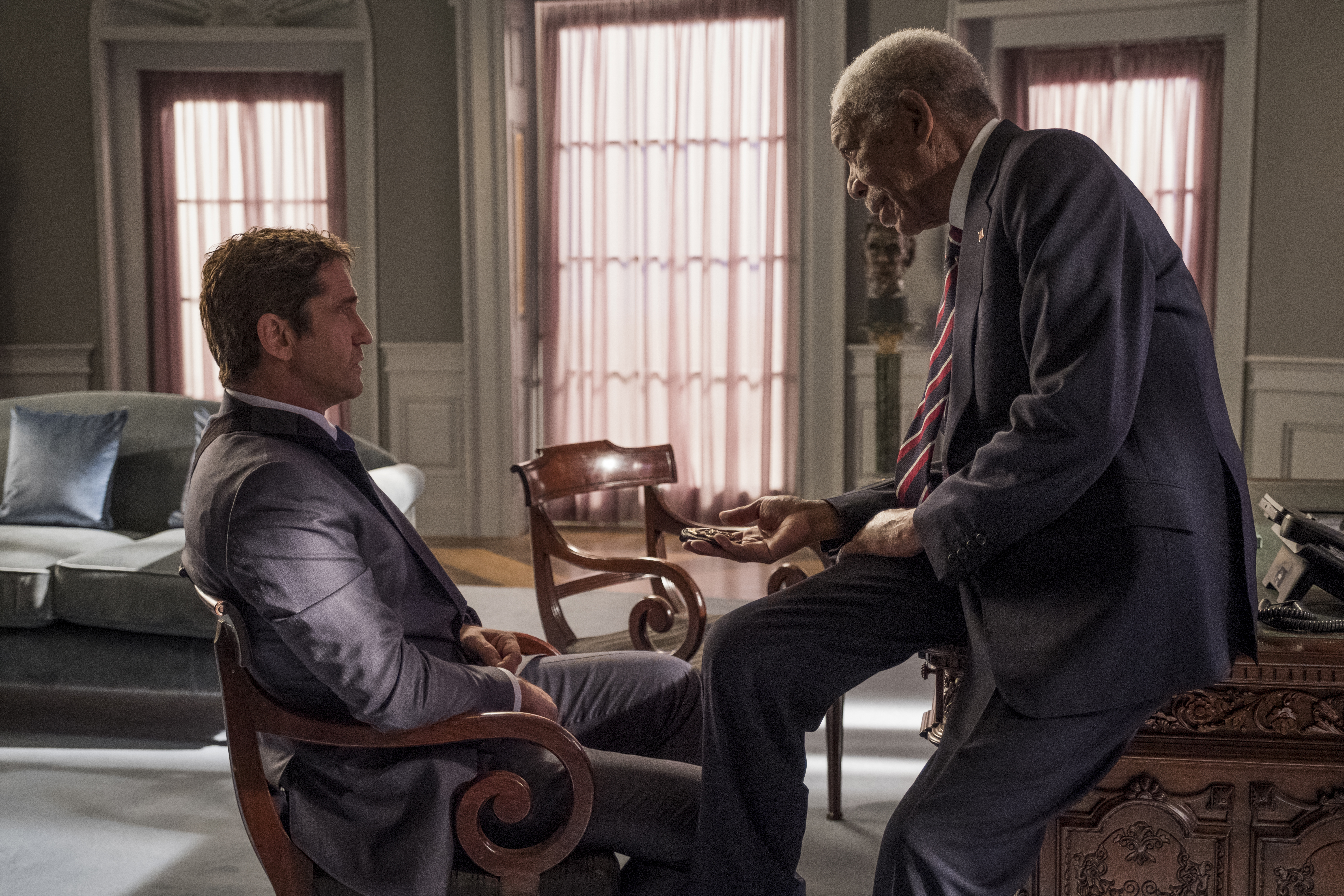
HULLFISH: That’s a lot of how people get gigs. I definitely have landed jobs because somebody had watched another movie that I’d cut and said, “We called you because of this other movie.”.
FLEMING: Exactly yeah. That’s how one gets typecast in a role. When people like your work then they keep wanting to replicate the same thing. It’s a challenge to get out of that system. But I’m OK with it for now.
HULLFISH: I didn’t see any of the movies you did with Amber Sealey. I’m assuming those films were different.
FLEMING: Those were different, but there is a commonality. Amber’s film A Plus B, which I cut, was very documentary-based. It was about a couple going through a breakup, entirely shot in one apartment. I’ve also written and directed a couple of features and the first feature I did was near the end of 1999, right before the mumblecore movement.
HULLFISH: Oh yeah.
FLEMING: So I was working with the very beginning a digital video, and I was really interested in French new wave at the time, particularly Godard and cinema verite. My approach was to just start shooting my friends and making projects that way. I was doing a lot of documentary verite style stuff. That ended up translating into a lot of what I ended up editing. That’s Peter Berg’s style as well. Friday Night Lights is along those lines. So when I came in to work with him — first through Colby — it all fit together.
I remember my first interview with Pete, he watched the trailer for the second feature I directed, and he said, “OK. Yup. Let’s do this.” But I feel like I maybe get typecast that way in terms of just doing verite documentary style. I would love to do a film one day where the cameras are all on tripods. Maybe a musical or something (laughs).
HULLFISH: It is interesting the typecasting that goes on. Do you think there’s a way to fight that? Maybe you have to go off and do a film that’s maybe not quite as big. Instead of doing the fourth “Fallen” movie, you could go do a little independent where they shoot with tripods.
FLEMING: Two years ago I did a film called Blindspotting which was pretty different. When I jumped onto it, I just thought it would be a fun little indie project, but it ended up getting picked up by Lionsgate. I think it’s about choices. You get offered movies and you get offered interviews and it depends where you are at that moment. Sometimes you just really need a job, so you’ll do what comes up, but it’s about taking risks. It’s about turning things down. I want to expand my palette. And that can be scary sometimes. But, it’s all about what projects you choose to take if you’re lucky enough to get offered multiple projects.
HULLFISH: You mentioned directing — and I even think I saw cinematographer and writer — what did any of those other jobs in the industry bring to your editing or what does your editing bring to those other core skills?
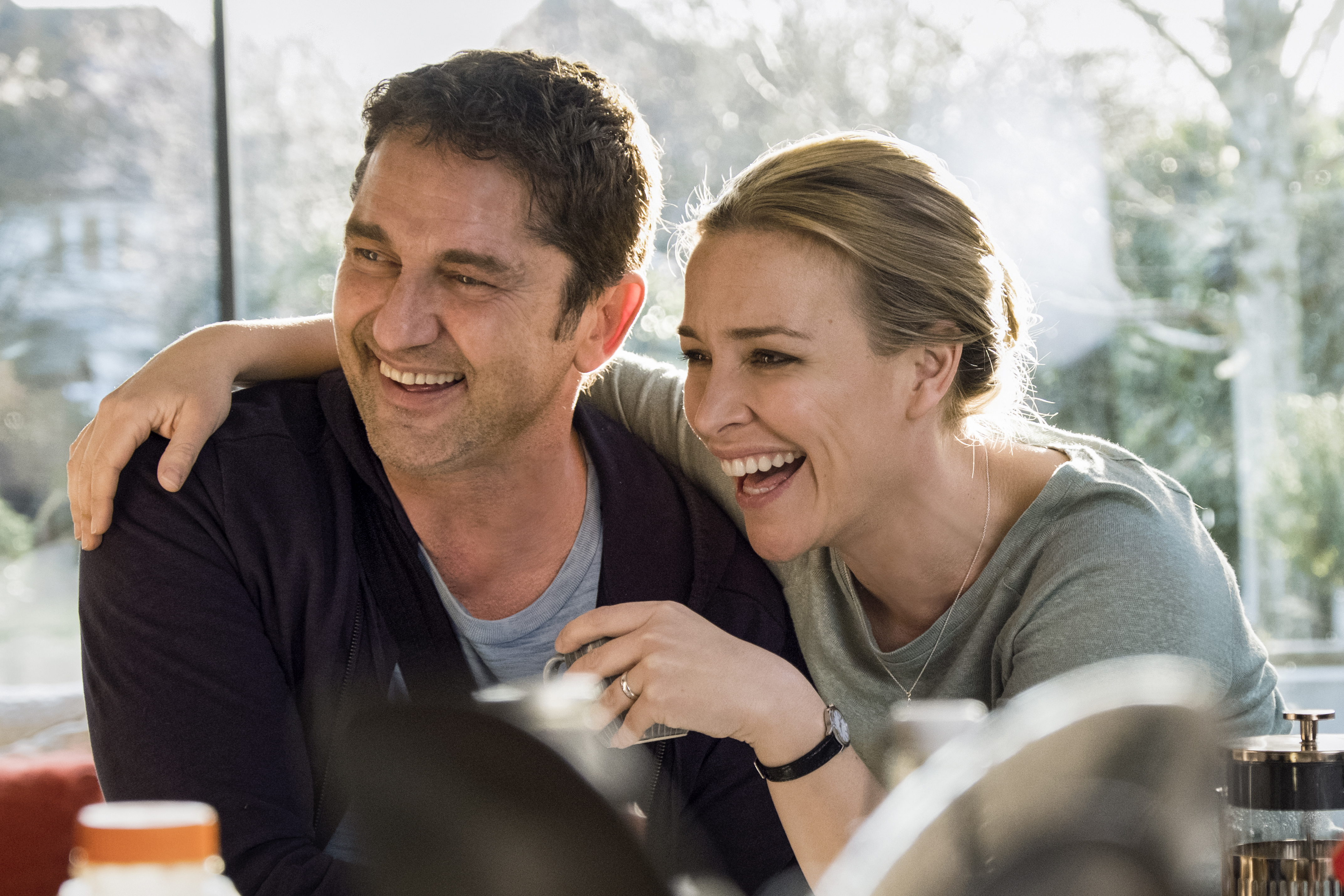
FLEMING: I always feel like I’m an editor first — even in my directing and writing. I think in terms of cuts and I think in terms of how shots are going to work together and how the flow is going to be; how the music is going to work with that. So it’s all holistic to me. I think of it as filmmaking. And there are just different tasks within it. As an editor, I think I bring a director’s attitude. When I’m going into a scene I like to find something about it that excites me, “Oh, I can do this to the scene. I can bring this to the scene.” Or “if I do this in the scene I’m gonna be satisfying this creative expression of my own.” So it’s hard for me to know: What is directing? What is writing? What is editing? because it’s all one piece.
I do know that I bring a certain creative responsibility to things that I’m working on because of my background of directing and because of my background, honestly, in reality television, because in reality television the editor is ultimately responsible for the show. You’re the last stop. You need to deliver. I bring that attitude to scripted.
HULLFISH: There’s that process of cutting the scene together, but then, once you start assembling the entire movie there are the larger decisions that have to happen on a kind of a macro scale of the story. Talk to me about how your writing directing and reality show experience causes you to approach those larger choices.
FLEMING: There is so much writing that happens in the editing process that has to do with structural integrity and the structural flow and also the emotional flow of how the tone of one scene moves into the next. Particularly when you’re working on a film where you’ve got multiple storylines that are overlapping, how that gets put together is extremely important, and so much of that is the editing process. I was surprised by that when I started coming into features — how much could be changed.
HULLFISH: Different than the script.
FLEMING: Yeah. REALLY different than the script! And that responsibility is one that I enjoy.
We’re not going to just say, “This is what the script was.” We’ve got to make this better. We have to make this right. I’m also surprised how much dialogue writing I end up doing during the process with ADR, and how to get one piece of information across extremely efficiently. The wording that needs to go into ADR is so precise, especially when it’s something that you maybe need to overlap with an actor’s lips moving saying something else. I spend a lot of time doing that.
A writing background has been extremely helpful with knowing how structure works, knowing how story flow works and knowing when you can break the rules.
HULLFISH: Do you find that most of the time when something’s not working that it’s not at the scene level but it’s more at the larger structural level? Or are you feeling those things sometimes inside of a scene?
FLEMING: I think it’s both. Usually, in the earlier cuts, you’re leaving the scenes long. You’re leaving them with all of their content or most of their content. And just the length of the scene can have a huge effect on the story as a whole. You can have a scene that you cut four lines out, and suddenly it changes how a scene 10 minutes later behaves because you weren’t slowed down in that earlier section. Finding a flow is such magical alchemy. It’s hard to really say what guidelines there are or what rules. Because you can take out a couple of lines and completely affect the film as a whole. Not from a logical standpoint, but just from an emotional flow.

Finding that is really thrilling, especially when it happens near the end of the process, because often you’ll have a film that’s just a little too bulky — something’s just a little off — and then right towards the end you’ll find something that you never thought of — like “Oh, let’s change this line to this” or “let’s just move this half of the scene over here” and then suddenly everything will just click into place and it’s wonderful when it happens.
HULLFISH: You’ve done a ton of action movies — or several, at least. Is there a key to it? You mentioned that “action is just fast storytelling.”
FLEMING: Action scenes to me are — in a way — the purest form of cinema. You’re not dealing with dialogue necessarily, you’re not dealing with a lot of elements that we borrow from other arts like playwriting and painting and photography. Action is movement and pacing and emotion. And every action scene needs three things that I think often get forgotten: Story, Emotion, and Cool.
Action scenes are really just fast story in that the character has an objective and there is an obstacle in front of them. The objective is to get to that door, but there’s someone in the way who they need to fight their way past. And what often gets forgotten is that the character really just needs to get to that door. They don’t need to fight for fight’s sake. They just need to get to the door. Whenever I approach an action scene I try to keep that in mind. “What are they trying to do?” How do we keep this on track? How do we keep the objective of getting to that door active?
Then the other thing is emotion. Action is very emotional. It’s a high-stress situation that we’re putting these characters in. And every punch doesn’t hurt unless you see someone’s face in pain. You really need to get the emotional through-line. That’s where you get the tension and that’s where you get that adrenaline. It’s from watching people in pain or struggling and seeing that emotional story. I’ve seen this in TV a lot where you get so obsessed with the stunts that they forget to shoot people’s faces to see what they’re going through and to see the pain — their struggle.
And then the last piece of action is the cool factor. That’s something that directors always remember. “What’s the cool thing?” It’s got to be there, but it’s always in service to story and emotion. Once you get those first two, it’s simple.
HULLFISH: The emotion thing is interesting because I was thinking of the Jason Bourne movies and oftentimes the action hero is this consummate professional who tries not to show any emotion, but he always has the non-professional sidekick or partner or person they’re rescuing who is showing the emotion for the audience.
FLEMING: Those films are very high on the cool factor. But Matt Damon is in there suffering. You see him struggling and I think that’s a big part of why those films work. Harrison Ford is amazing at suffering and showing fear. You feel for him.
HULLFISH: Atomic Blonde is another one. You feel her getting hit and kicked and beaten. That’s one where you really feel the pain of the character in the fight.
FLEMING: With fight scenes, I’ll do an “efforts” pass. “Efforts” is the grunting and hard breath and groaning sounds. So I’ll do a pass where I really just try and amp it up and add as much pain as I can, bring as much vulnerability as I can as a temp track, and then we’ll bring the actor in eventually to record the real thing. But just the sound of them hurting helps SO much.
HULLFISH: A lot of people might not realize that a lot of times the production sound for those action scenes is useless.
FLEMING: Yeah. Often they’re concentrating so much on getting the choreography of the fight that it’s hard to bring in the performance at the same time. Gerard Butler has been doing this for a while, so he’s really good at getting in the performance while he’s doing the stunts, but it’s good to amp it up later with some good efforts and some good emotion in the efforts.
HULLFISH: It’s interesting that you’re ADRing those yourself. Do you have a microphone in the edit room?
FLEMING: iPhones. I just beat myself up and I roll around and I try to sound as pathetic as possible. Sometimes that stuff stays in.
HULLFISH: I cut a movie called Courageous and there was a big fight scene and the producer and I went outside in the grass outside the edit bay with my H4N Zoom and recorded the punches and grunts and rolling around, cloth sounds and whatever we could do before the professionals come in and do it.
FLEMING: And often when the professionals do it you have to really encourage them to NOT sound tough — to sound vulnerable because there’s a lot of macho in fight scenes and the more vulnerable your stars sound, the more tension there is. The more emotional it is.
HULLFISH: That is a great little nugget to go out on. I want to thank you so much for your time and the generosity of chatting with me.
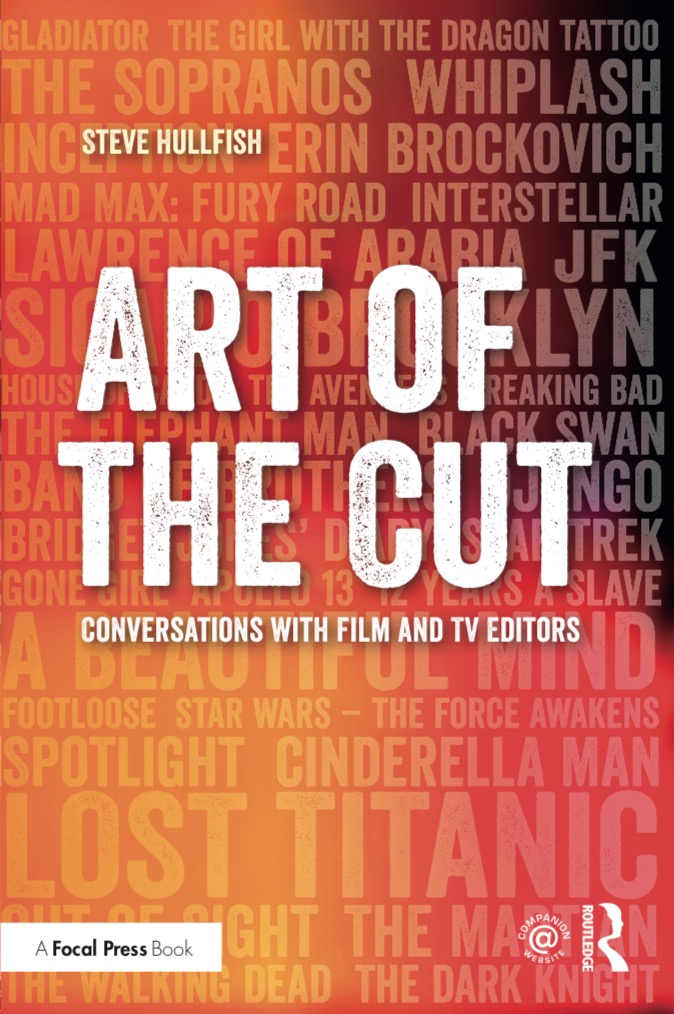
FLEMING: Thank you so much. This was fun.
To read more interviews in the Art of the Cut series, check out THIS LINK and follow me on Twitter @stevehullfish
The first 50 interviews in the series provided the material for the book, “Art of the Cut: Conversations with Film and TV Editors.” This is a unique book that breaks down interviews with many of the world’s best editors and organizes it into a virtual roundtable discussion centering on the topics editors care about. It is a powerful tool for experienced and aspiring editors alike. Cinemontage and CinemaEditor magazine both gave it rave reviews. No other book provides the breadth of opinion and experience. Combined, the editors featured in the book have edited for over 1,000 years on many of the most iconic, critically acclaimed and biggest box office hits in the history of cinema.

Filmtools
Filmmakers go-to destination for pre-production, production & post production equipment!
Shop Now